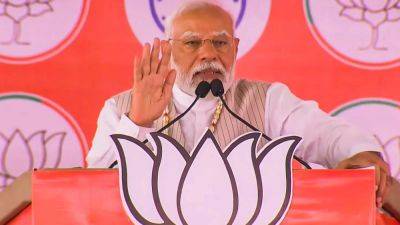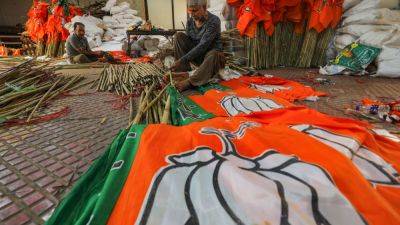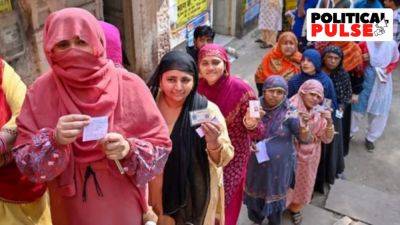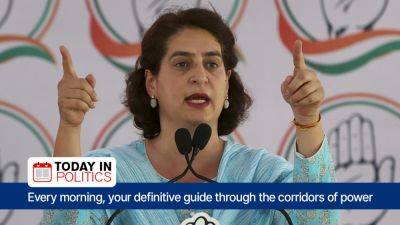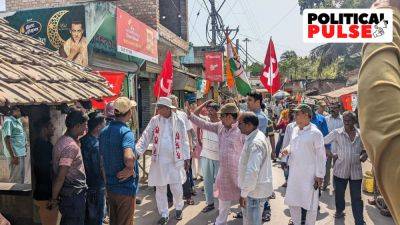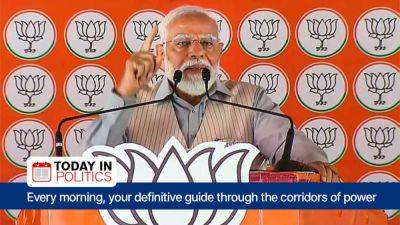Layers of faultlines in Uttarakhand politics: Brahmins to Thakurs, Dalits to Muslims, Kumaon to Garhwal
Politics in India has long been shaped by the intricate interplay of caste and religion, and Uttarakhand, with its history of political flux and alternating governments, is no different.
From the outset, the demand for the Uttarakhand statehood was fuelled by aspirations for development and regional identity. However, the anti-reservation agitation of 1994 in the hill region dominated by the upper castes added momentum to this long-standing demand, which eventually led to the carving out of the state of Uttarakhand from Uttar Pradesh in 2000.
Since Uttarakhand state came into existence, caste has wielded significant influence, not only in determining access to resources but also in shaping the electoral landscape of the state. It is palpable as all five Lok Sabha seats of the state go to the polls in the first phase on April 19.
Brahmins, Thakurs
Uttarakhand’s social and political structure tilts significantly towards some upper caste groups, with Brahmins and Thakurs constituting two of the largest voting blocs. Thakurs account for nearly 35% of the state’s population, closely followed by Brahmins at about 25%.
The numerical dominance of these castes translates into a delicate balance of power in leadership positions in the state. Since 2000, both the BJP and the Congress have consistently nominated either a Thakur or a Brahmin leader for the CM’s post. Several faultlines exist with each playing a crucial role in defining the state politics. These faultlines, entrenched in historical, cultural, and geographical contexts, underscore the intricate dynamics at play within Uttarakhand’s electoral arena.
The state has seen the age-old divide between the Brahmin and Thakur communities. Historically, these two upper caste groups


